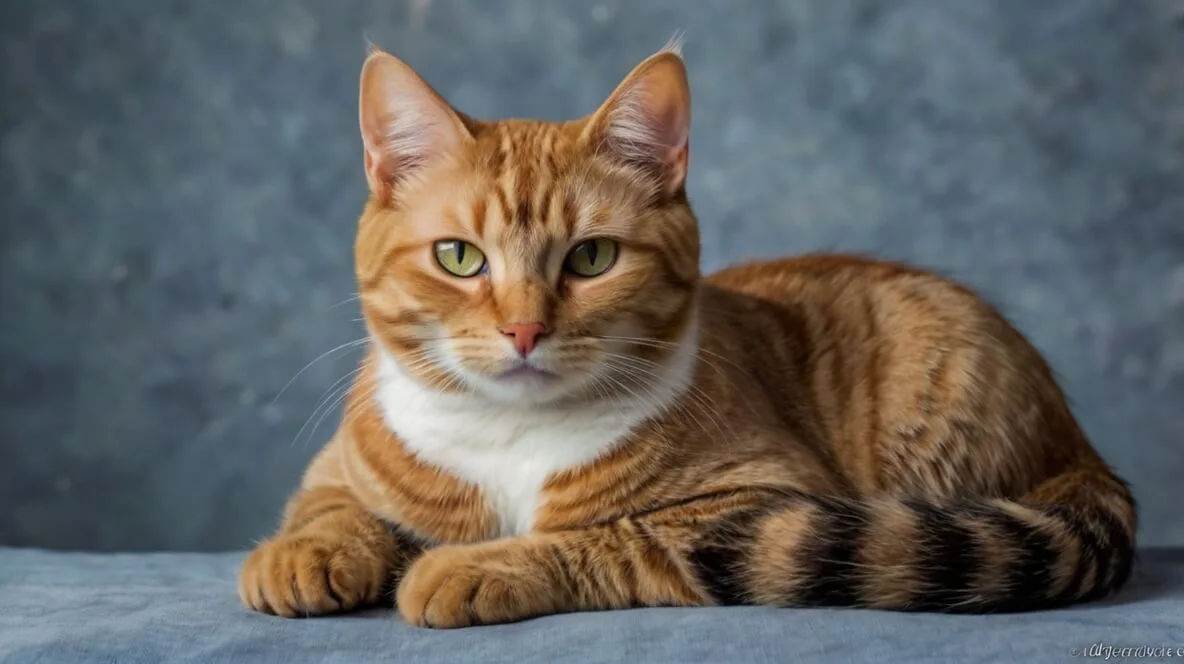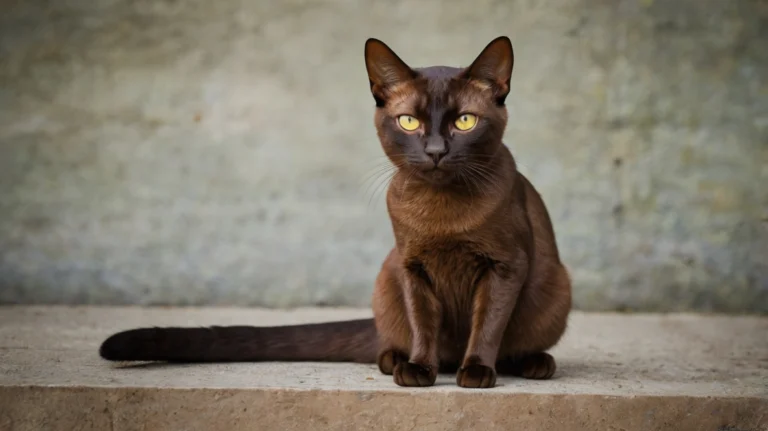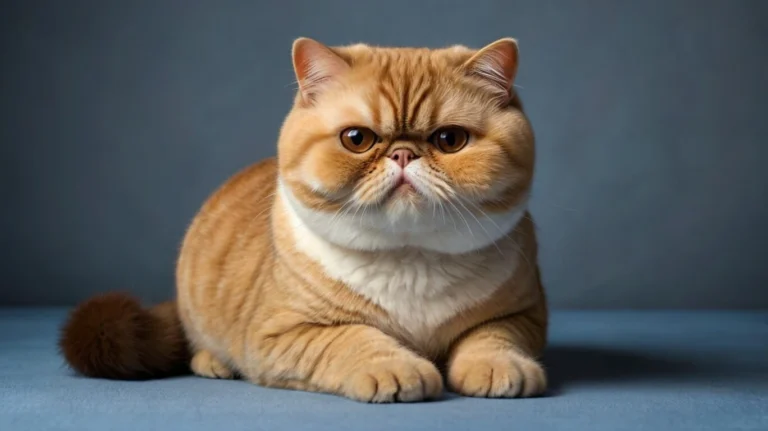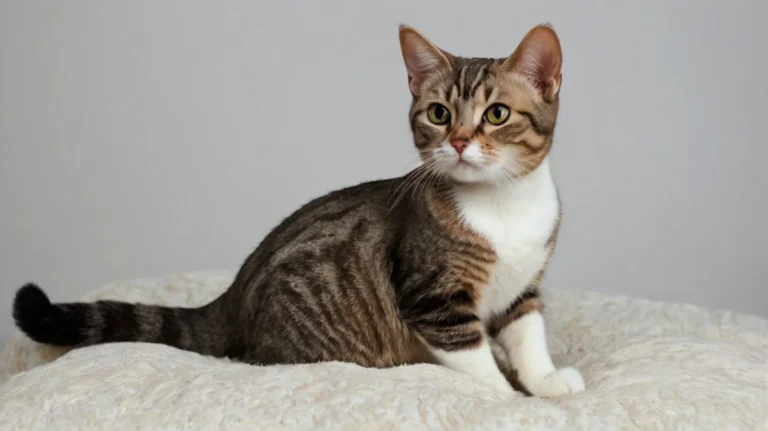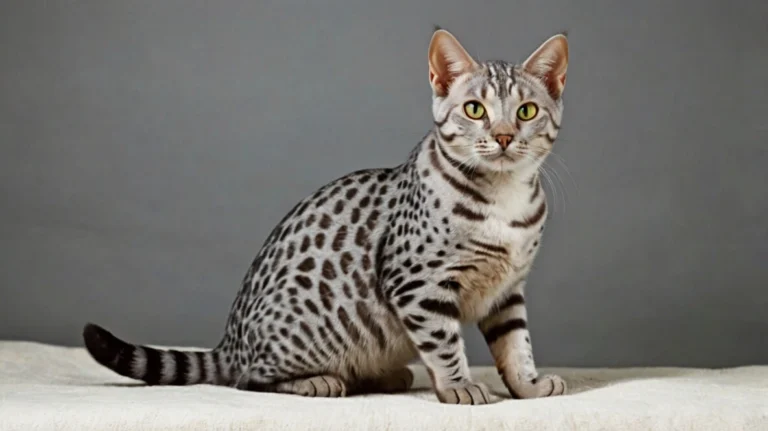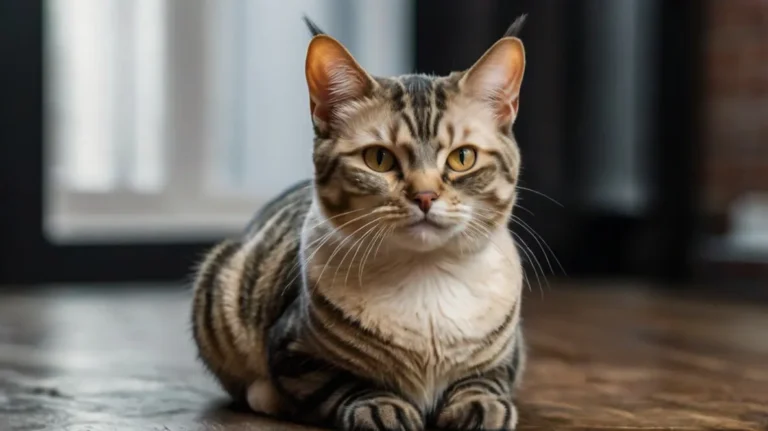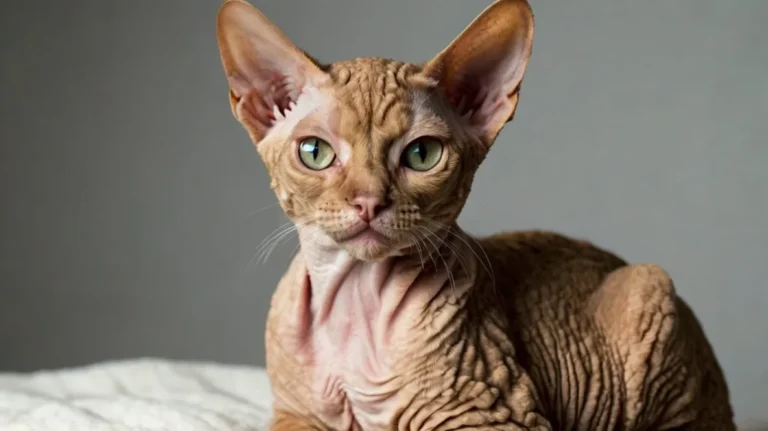The American Polydactyl Cat : caracteristics, Personality and History
Introduction
The American Polydactyl cat is a unique feline known for its extra toes, giving it distinctive “mitten paws.” These cats are cherished for their friendly personalities, intelligence, and historical charm—often associated with sailors and coastal regions.
Whether you’re considering adopting a polydactyl cat or simply want to learn more about this fascinating breed, this guide covers everything—from their history and appearance to temperament, care needs, and health considerations.
History & Origin of the American Polydactyl Cat
Polydactyl cats (from Greek poly = “many,” daktylos = “digits”) have existed for centuries, but they became particularly prominent in North America through seafaring traditions.
- Seafaring Felines: Treasured by sailors for their exceptional ability to hunt rodents and maintain steady footing, these cats were also thought to bring good fortune at sea
- Hemingway Connection: Famous writer Ernest Hemingway received a polydactyl cat, leading to the nickname “Hemingway cats.”
- Not a formal breed: Polydactyly is a genetic trait found in various cat breeds, but the American Polydactyl is recognized for its prevalence in the U.S.
Physical Characteristics of the American Polydactyl Cat
While their most distinctive trait is their extra toes, they also boast a sturdy, muscular frame and strikingly expressive eyes.
Key Features:
- Paws: 6-7 toes per foot (sometimes more!) with a “thumb-like” appearance
- Coat: Short or medium-length, dense, and weather-resistant
- Colors & Patterns: All variations accepted
- Body: Medium to large, sturdy, and athletic
- Eyes: Wide-set, round, and expressive
Weight:
- Males: 10–15 lbs
- Females: 8–12 lbs
Personality & Temperament
With their friendly nature, sharp intelligence, and playful spirit, American Polydactyl cats make wonderful companions.
Key Personality Traits:
- Friendly & Outgoing – Loves attention and bonds closely with families
- Extremely clever – these cats can pick up tricks, navigate door handles, and work through puzzles with surprising skill.
- Playful & Energetic – Enjoys climbing, interactive toys, and games
- Good with Kids & Pets – Gentle and adaptable to multi-pet households
American Polydactyl Cat Care & Health
Grooming Needs:
- Weekly brushing (more frequent if long-haired)
- Nail trimming (extra toes mean extra claws!)
Diet & Nutrition:
- High-protein diet to maintain muscle health
- Portion control to prevent obesity
Common Health Issues:
Generally healthy, but potential concerns include:
- Joint stress (due to extra toes)
- Nail overgrowth (requires regular trimming)
Average Lifespan: 12–16 years
🔗 Health tips for polydactyl cats: PetMD – Polydactyl Cat Care
Is the American Polydactyl Cat Right for You?
✅ Best For:
- Families with children or other pets
- Owners who enjoy interactive, smart cats
- Those looking for a unique, historical breed
❌ Not Ideal For:
- People who prefer strictly pedigreed cats
- Those unwilling to monitor nail health
Where to Adopt or Buy an American Polydactyl Cat
- Rescue Groups: Many specialize in polydactyl cats
- Reputable Breeders: Check TICA or CFA listings
- Price Range: 200–200–800 (varies by lineage)
Final Thoughts
The American Polydactyl cat is a charming, intelligent, and affectionate companion with a unique look. Whether you adopt one from a shelter or a breeder, these cats bring personality and history into any home.
Interested in a polydactyl cat? Check rescues first—many wonderful cats need loving homes!
For more information on different feline varieties, explore our complete guide to All About Cat Breeds

